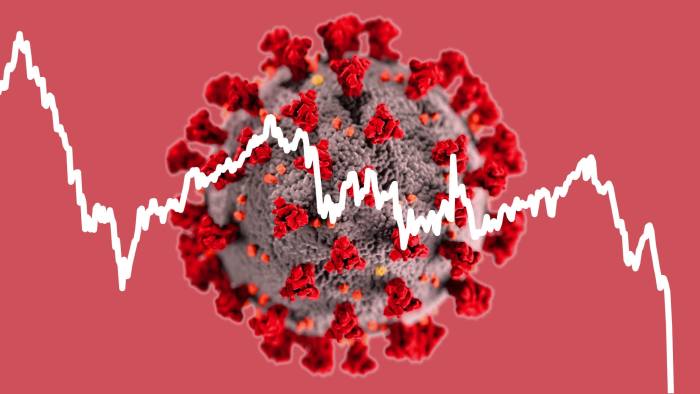The Federal Reserve has banned big US banks from buying back shares for the rest of the year and capped their dividends, dashing hopes that more profitable lenders would be able to return boost returns to their shareholders.
The Fed said on Wednesday that it had decided to extend curbs on payouts introduced in September because it wanted banks to maintain a “high level of capital resilience” against the backdrop of “continued economic uncertainty from the coronavirus response”.
The extension was largely expected, but some bankers had tentatively spoken of increasing payouts later in the year. Jenn Piepszak, JPMorgan Chase’s finance boss, said at a conference on September 15 that she “wouldn’t rule out” buybacks in the fourth quarter.
The restrictions, which last until the end of the year, apply to 33 banks with more than $100bn in assets. About 20 of those are American institutions, many of whom typically do quarterly share buybacks. The remainder are US subsidiaries of foreign banks who do not typically engage in buybacks but are affected by the dividend cap.
The cap means dividends can be no higher than either the previous year’s payout, or the average earnings for the previous four quarters.
The US central bank had initially instituted the restrictions for the third quarter, in the wake of stress tests conducted in June that found banks risked up to $700bn in losses due to the pandemic.
Data from the Federal Deposit Insurance Corporation showed US banks recorded their highest loan loss charges since the financial crisis in the quarter to the end of June. The Fed said “the capital positions of large banks have remained strong during the third quarter while such restrictions were in place”.
Coronavirus business update

How is coronavirus taking its toll on markets, business, and our everyday lives and workplaces? Stay briefed with our coronavirus newsletter.
The big banks are expected to report another hefty round of pandemic-inspired loan loss charges when they announce their third-quarter earnings from October 13, though the hit is expected to be smaller than the second quarter’s tally.
The US central bank recently upgraded its economic projections and is expecting a contraction of 3.7 per cent this year due to the pandemic, compared with a 6.5 per cent hit to output predicted in June. However, officials are still predicting a long and difficult recovery.
“I anticipate that the path toward full recovery will be bumpy, and that our progress will probably be uneven. Asset prices, in particular, remain vulnerable to significant price declines should the pandemic seriously worsen,” Michelle Bowman, a Fed governor, said in a speech on Wednesday.
“Some hotels and other businesses are in arrears on rent and debt service payments, and we are watching the commercial real estate market closely for signs of further stress,” she said.
The Fed will soon carry out a second round of stress tests looking at individual banks’ vulnerabilities to the pandemic. The results of that exercise, due by the end of the year, will inform dividend policies into 2021.
“Our gut says most banks will probably resume buybacks in the first half,” analysts at Evercore ISI wrote in a note to clients, adding that they expect “a pretty wide divergence among the group in terms of who turns on first and at what pace”.
Thomas Barkin, Richmond Fed president, told Bloomberg Television on Wednesday that decisions on dividends and buybacks should be on a “bank-by-bank basis”, offering hope to profitable lenders eager to resume payouts.

